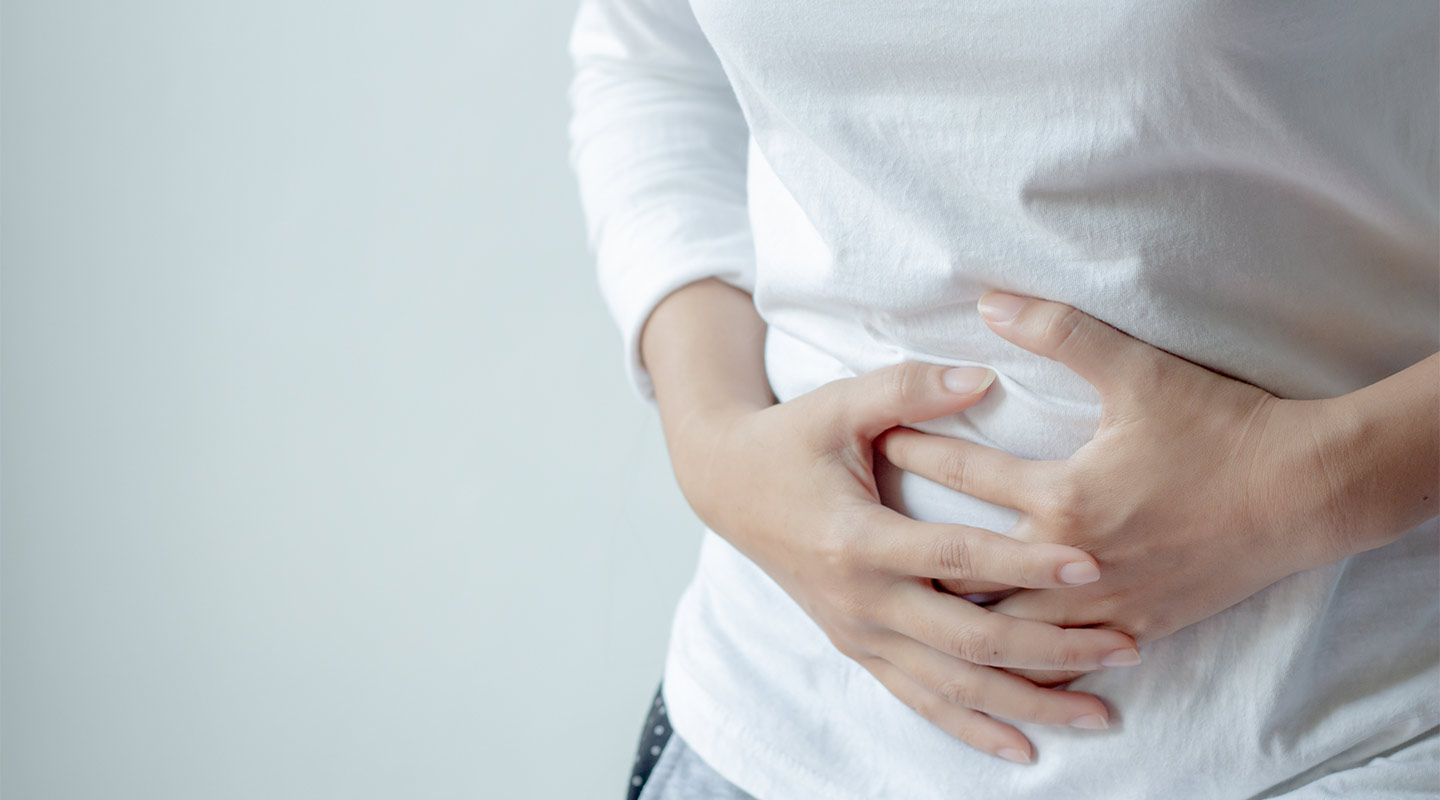
by Stephanie Margolis, R.D.
Abdominal bloating is something I get asked about all the time. Mainly because it’s uncomfortable and a very visible reminder that something in your body just isn’t working right. The causes vary, and few need medical interventions. Many times, my clients will want to blame gluten, dairy, or other common offenders. While I can’t say these are NEVER to blame, studies have shown that most bloating symptoms are NOT related to these intolerances.
In this article we are going to go through the variety of conditions that may cause abdominal bloating, what to look for, and what can be done to treat them. Please note, I will not be diving into IBS, Crohn’s, or other conditions that may be causing an actual bowel obstruction — those are cases that require medical intervention.
You eat, then it arrives — that distention, that uncomfortable feeling — the bloat. Both visible and invisible bloat means your GI tract is working overtime to move food through the body and is either struggling to do this or is having a reaction to doing this. Why does this happen?
Probably the simplest source of bloating is when you literally swallow air. You may be familiar from this when your baby was nursing or bottle feeding, would gulp air, and later be fussy with gas. It is also common in those who eat too quickly or have OCD tendencies. This is an issue occurring in the upper GI tract and prevention is the best method of handling it.
If you find yourself having bowel movements less than three times per week or having difficulty passing stool, constipation may be your issue. This looks like a hard abdomen and pain that is relieved after a bowel movement. Increasing your fiber intake and fluids (non-caffeinated, non-sugary drinks) is the first step. The key is to not overdo it with treatment, don’t go crazy with fiber supplements or high fiber foods all at once, slowly increase your fiber to the recommended 25 grams per day.
This is one of the most common causes of bloat, but it may not be what you think. This type of bloat occurs in the lower part of the GI tract presenting itself with distention around the belly button. This type of bloat often has gas associated with it. You will notice symptoms anywhere from 2 – 8 hours after a meal, and it will be worse after a meal with these triggering carbohydrates.
It is due to an adverse symptom associated with maldigestion or malabsorption of carbs, specifically lactose, fructose, and other FODMAPs. FODMAPs are components of carbs that are poorly absorbed in the small intestine. They are also prone to absorbing water and fermenting in the colon which is why they are the most common cause of bloating.
The difficult thing about a diet low in FODMAPs is getting adequate amounts of fiber. If this is you, some great high-fiber, low-FODMAP foods are:
Ah, large science-y words that impress people. (Joking!) It’s commonly used to describe the signs and symptoms of indigestion (although it is different than GERD or heartburn). It can also be caused by impaired gastric stretch, basically your body doesn’t make room for the food you’re eating. This is something that presents in the upper GI tract and is not visible bloating but gives you that feeling of being bloated. This will feel like fullness or pressure in your epigastric region and may be something you experience often or intermittently.
Most individuals that have this will also experience belching, nausea, or vomiting, and early feelings of fullness. It is more common in women and can be related to anxiety, depression, and certain pain medications. You can manage symptoms by tracking what foods may trigger the feeling for you or taking over the counter remedies like Tums. However, if it becomes increasingly painful, causes vomiting on the regular, or leads to unintentional weight loss, you want to talk to your doctor.
You see this all the time on social media, commonly known as #foodbaby. This is visible distention that happens after eating that makes you “look pregnant.” What is happening here is excessive relaxation of the abdominal wall muscles. It occurs in the upper GI tract and will be noticeable even with consumption of water. Many times you will also feel nausea, loss of appetite, and it will go down after eating (vs building throughout the day). This is very common in people who have a history of an eating disorder, trauma to the abdomen, or anxiety. Luckily, by eating smaller, more frequent meals and using abdominal exercises you will notice a big change. These exercises can be focused on training the entire abdomen as Lindsay does, or may need more intense targeting from a physical therapist.
The first step is to create a detailed food journal (3 – 5 days is best). Make two columns and record everything you eat, everything you drink, amount of food eaten, and time. Then in the second column note your symptoms, time the symptoms appear, and any other details that may help. You can then look for patterns or plan to meet with a dietitian or medical doctor for further analysis of patterns, triggers, and symptoms. Once you do that, it’s time to treat. This may look like eliminating certain FODMAPs from your diet, decreasing the volume of your meals, altering the timing of your meal, or looking for supplementation/medications that help alleviate your distress.